Rising Health Awareness
Rising health awareness among consumers significantly impacts the Hygienic Non-Woven Fabrics Market. As individuals prioritize hygiene and cleanliness, the demand for products such as face masks, sanitary napkins, and medical gowns is on the rise. This trend is reflected in the increasing sales of hygienic non-woven products, which are perceived as essential for maintaining health standards. The market is projected to expand as healthcare institutions and consumers alike seek reliable and effective hygiene solutions. Furthermore, educational campaigns promoting health and hygiene practices are likely to bolster the demand for non-woven fabrics, reinforcing their importance in everyday life.
Sustainability Initiatives
The Hygienic Non-Woven Fabrics Market is increasingly influenced by sustainability initiatives. As consumers become more environmentally conscious, manufacturers are compelled to adopt eco-friendly practices. This shift includes the use of biodegradable materials and recycling processes, which are gaining traction. The market is projected to grow as companies invest in sustainable production methods, potentially reaching a valuation of USD 12 billion by 2026. Furthermore, regulatory frameworks are evolving to support sustainable practices, which may further drive demand for hygienic non-woven fabrics. The emphasis on reducing carbon footprints and waste is likely to shape the future landscape of the industry, encouraging innovation and responsible sourcing.
Technological Advancements
Technological advancements play a pivotal role in the Hygienic Non-Woven Fabrics Market. Innovations in manufacturing processes, such as spunbond and meltblown technologies, enhance the quality and functionality of non-woven fabrics. These advancements enable the production of fabrics with superior filtration properties, which are essential in hygiene applications. The market is expected to witness a compound annual growth rate of approximately 7% over the next few years, driven by these technological improvements. Additionally, automation and smart manufacturing techniques are likely to streamline production, reduce costs, and improve efficiency, thereby positioning the industry for robust growth.
Growth in Healthcare Sector
The growth in the healthcare sector is a significant driver for the Hygienic Non-Woven Fabrics Market. As healthcare facilities expand and evolve, the need for hygienic materials becomes paramount. Non-woven fabrics are extensively used in medical applications, including surgical drapes, gowns, and wound care products. The healthcare sector is anticipated to grow at a rate of 5% annually, which will likely increase the demand for hygienic non-woven fabrics. This growth is further supported by the rising number of surgical procedures and the increasing focus on infection control measures within healthcare settings, thereby enhancing the market's potential.
Consumer Demand for Convenience
Consumer demand for convenience is a driving force in the Hygienic Non-Woven Fabrics Market. As lifestyles become busier, there is a growing preference for disposable and easy-to-use products. Hygienic non-woven fabrics cater to this demand through their lightweight, versatile, and disposable nature. Products such as wipes, diapers, and feminine hygiene products are increasingly favored for their convenience and hygiene benefits. The market is expected to see a surge in demand as manufacturers innovate to create more user-friendly products. This trend indicates a shift towards convenience-driven purchasing behavior, which is likely to shape the future of the industry.


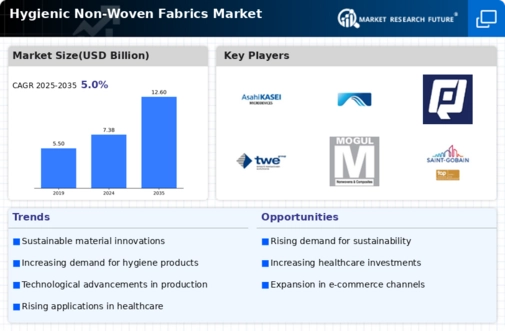
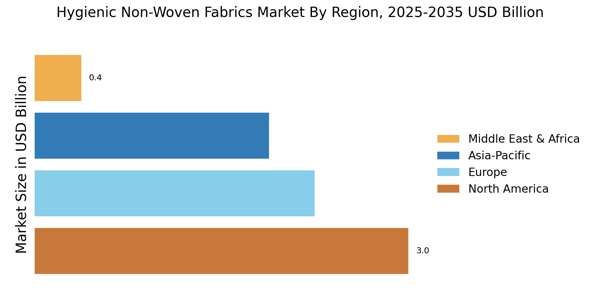
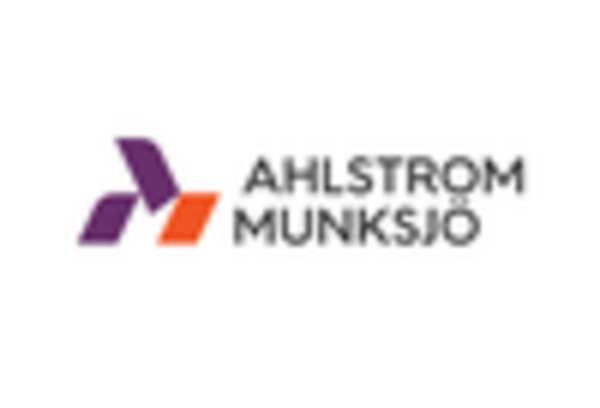
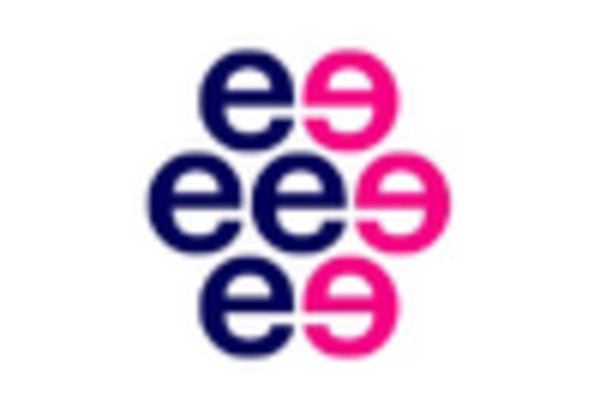
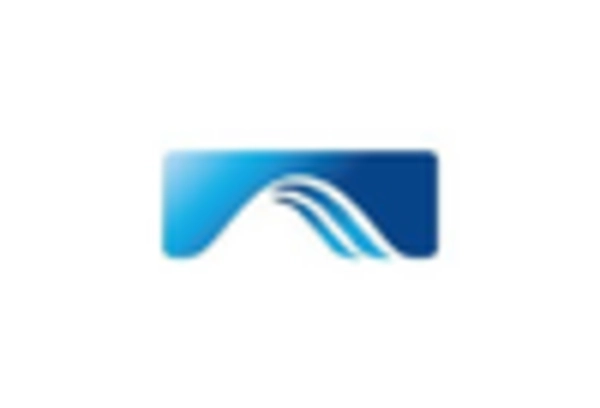
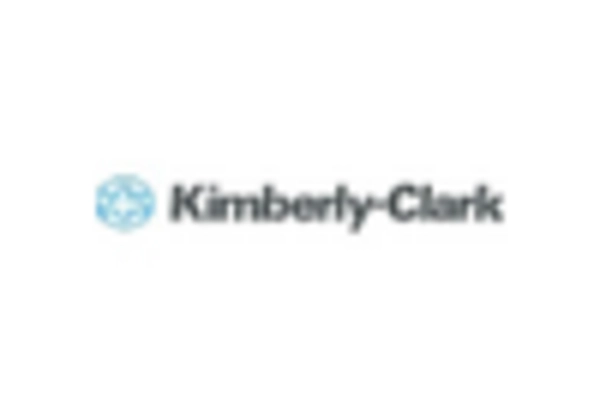
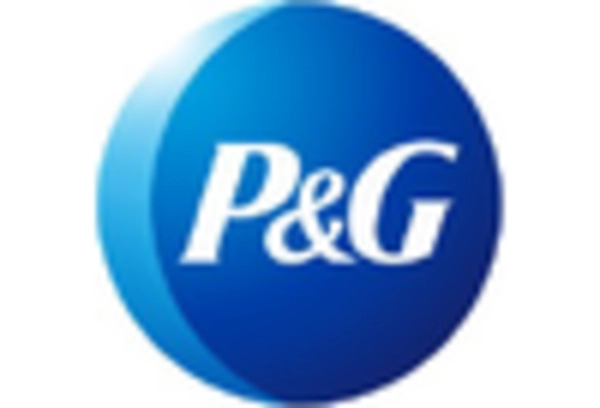
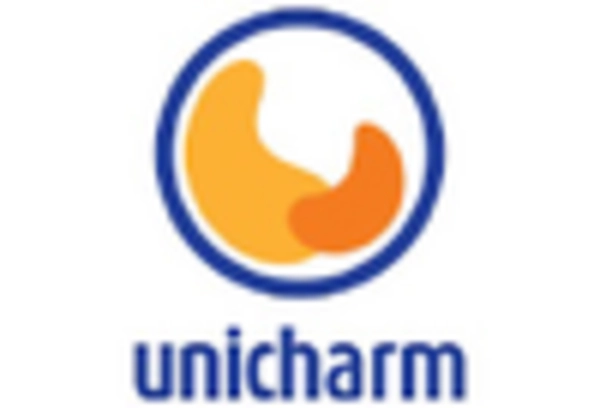








Leave a Comment